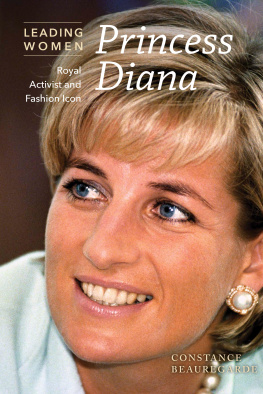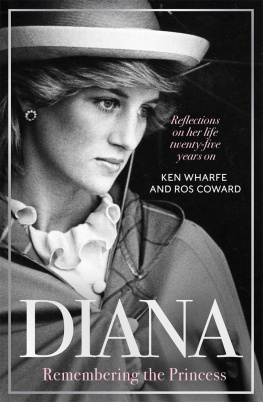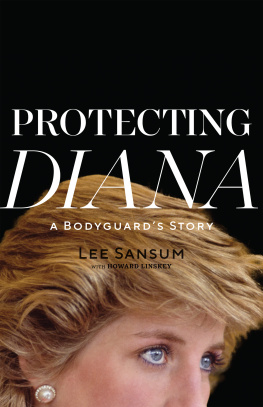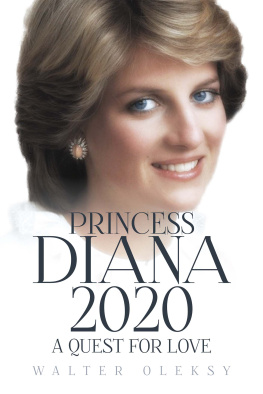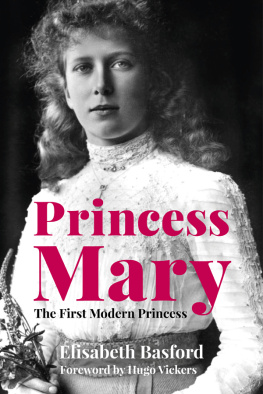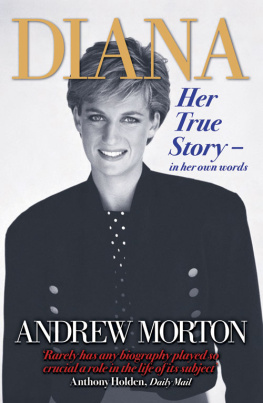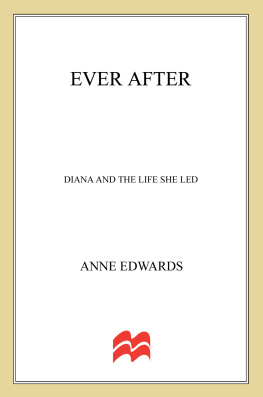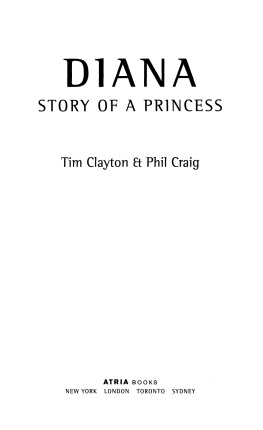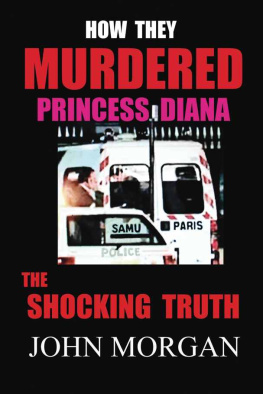Published in 2017 by Cavendish Square Publishing, LLC
243 5th Avenue, Suite 136, New York, NY 10016
Copyright 2017 by Cavendish Square Publishing, LLC First Edition
No part of this publication may be reproduced, stored in a retrieval system, or transmitted in any form or by any meanselectronic, mechanical, photocopying, recording, or otherwisewithout the prior permission of the copyright owner. Request for permission should be addressed to Permissions, Cavendish Square Publishing, 243 5th Avenue, Suite 136, New York, NY 10016. Tel (877) 980-4450;
fax (877) 980-4454.
Website: cavendishsq.com
This publication represents the opinions and views of the author based on his or her personal experience, knowledge, and research. The information in this book serves as a general guide only. The author and publisher have used their best efforts in preparing this book and disclaim liability rising directly or indirectly from the use and application of this book.
CPSIA Compliance Information: #CS16CSQ All websites were available and accurate when this book was sent to press.
Library of Congress Cataloging-in-Publication Data
Names: Beauregarde, Constance, author.
Title: Princess Diana : royal activist and fashion icon / Constance Beauregarde.
Description: New York : Cavendish Square Pub., 2016. | Series: Leading women | Includes bibliographical references and index.
Identifiers: LCCN 2016002178 (print) | LCCN 2016002534 (ebook) | ISBN 9781502619877 (library bound) | ISBN 9781502619884 (ebook)
Subjects: LCSH: Diana, Princess of Wales, 1961-1997--Juvenile literature. |
Princesses--Great Britain--Biography--Juvenile literature.
Classification: LCC DA591.A45 B43 2016 (print) | LCC DA591.A45 (ebook) | DDC 941.085092--dc23
LC record available at http://lccn.loc.gov/2016002178
Editorial Director: David McNamara Editor: Elizabeth Schmermund Copy Editor: Rebecca Rohan Art Director: Jeffrey Talbot Designer: Stephanie Flecha Production Assistant: Karol Szymczuk Photo Research: J8 Media
The photographs in this book are used by permission and through the courtesy of: John Stillwell/PA Wire/AP Images, cover; Tim Graham/Getty Images, 1; Keystone-France/Gamma-Keystone via Getty Images, 4, 17; Terry Disney/Central Press/Getty Images, 9, 13; John Hoffman/ Princess Diana Archive/Getty Images, 20; Hulton Archive/Central Press/Getty Images, 26; Universal History Archive/UIG via Getty Images, 27; File:Sloane Ranger Handbook.jpg/Wikipedia, 28; REX/Newscom, 34; Tim Graham/Getty Images, 36, 49, 55, 60, 69, 82, 93, 94, 103; Anwar Hussein/ WireImage, 43, 53; Serge Lemoine/Getty Images, 47; Trinity Mirror/Mirrorpix/Alamy Stock Photo, 65, 90; Bob Thomas/Popperfoto/Getty Images, 74; White House Photo/Alamy Stock Photo, 80; Jayne Fincher/Getty Images, 86; Presselect/Alamy Stock Photo, 100; STR/AFP/Getty Images, 107.


Diana, Princess of Wales
P rincess Diana was one of the most powerful female icons of the twentieth century. Beloved by millions worldwide, she was known as the peoples princess for her charming public persona and commitment to charity work. Throughout her lifetime, she transformed the idea of what it meant to be a princess, and at the time of her death the world mourned her as one would a personal friend. Her life story has been told countless times, each with differing accounts as to her happiness, health, and well-being. Regardless of the storys approach, there has been a passionate desire to try and understand the woman who was Princess of Wales. On the eve of her funeral, Queen Elizabeth II put it best:
No one who knew Diana will ever forget her. Millions of others who never met her, but felt they knew her, will remember her. I for one believe there are lessons to be drawn from her life and from the extraordinary and moving reaction to her death. I share in your determination to cherish her memory.
Princess Diana was an extraordinary woman who led an inspiring life. But, as the queen suggested, the reason why so many people mourned her as if she were a personal friend was because she was relatable. For many nonroyals, Diana was just like them. And, in a way, she was.
Born an Aristocrat
Diana Frances Spencer was born on July 1, 1961, at Park House near Sandringham, Norfolk, in England. Her parents, John and Frances Spencer, were known as the Viscount and Viscountess Althorp, or British nobility from the Althorp region. Diana had two older sisters, Sarah and Jane, and soon her younger brother, named Charles, would join the family as well. Like all of us, Dianas story started before her birth, at the time of her parents marriage.
Noble Lineage
Peerage is the complex legal system of titles that structures traditional English nobility. These titles are made from three separate parts: division, ranking, and type.
Division refers to the region of the United Kingdom where the title originated, such as Ireland or England.
Ranks are what we most commonly think of as titles. There are male and female variations, which are stated before the person's name. These are the five English ranks by order of importance: Duke/Duchess, Marquess/ Marchioness, Earl/Countess, Viscount/Viscountess, and Baron/Baroness. Often, a lower title is bestowed on the children of ranked nobility. For example, an Earl's son may be known as a viscount for much of his life, until he takes on his father's title. Diana's father did just that and would later be known as the eighth Earl of Spencer.
Lastly, there are different types of peers. Life peers are those who have been newly appointed within their lifetime to their title, and whose children cannot take on their title. There are representative peers, who are ranked in order to participate in the House of Lords, the upper house of the parliament of the United Kingdom. The most traditional type of peer is the hereditary peer , or someone who received their titles from their family.
These titles, along with inheritance, have been traditionally passed down from one male family member to another, as part of a patriarchal system. A patriarchy is a legal system where only men may hold power, claim inheritance, or otherwise enjoy legal rights. When the UK was ruled by the monarchy , or ruled by the Royal Family, the law strictly enforced these systems. Today, however, titles only exist to serve as signs of respect, courtesy, and tradition.
The Social Event of 1954
On June 1, 1954, Frances Ruth Roche married Edward John Johnnie Spencer at Westminster Abbey. Frances was shy and, at age eighteen, the youngest woman to be married at the church in five decades. John, however, was thirty years old, with a wealth of adult experience. He had fought in World War II and had even served as an aide to the governor of South Australia. Despite their age differences, the couple looked picture-perfect together. John was a tall and dashing gentleman, while Frances was an image of youth and beauty.
The wedding was known as the social event of the year. Queen Elizabeth, her husband Prince Philip, sister Princess Margaret, and Elizabeth and Margarets mother, the Queen Mother, were in attendance. The royal family had even lent the couple St. Jamess Palace for the reception. This was because, in addition to being part of British nobility, both the bride and groom had more direct ties to the monarchy. Francess mother, Baroness Fermoy, had served as the

